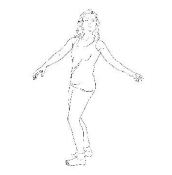Yoga and Somatics for Immune Health
Sep 28, 2022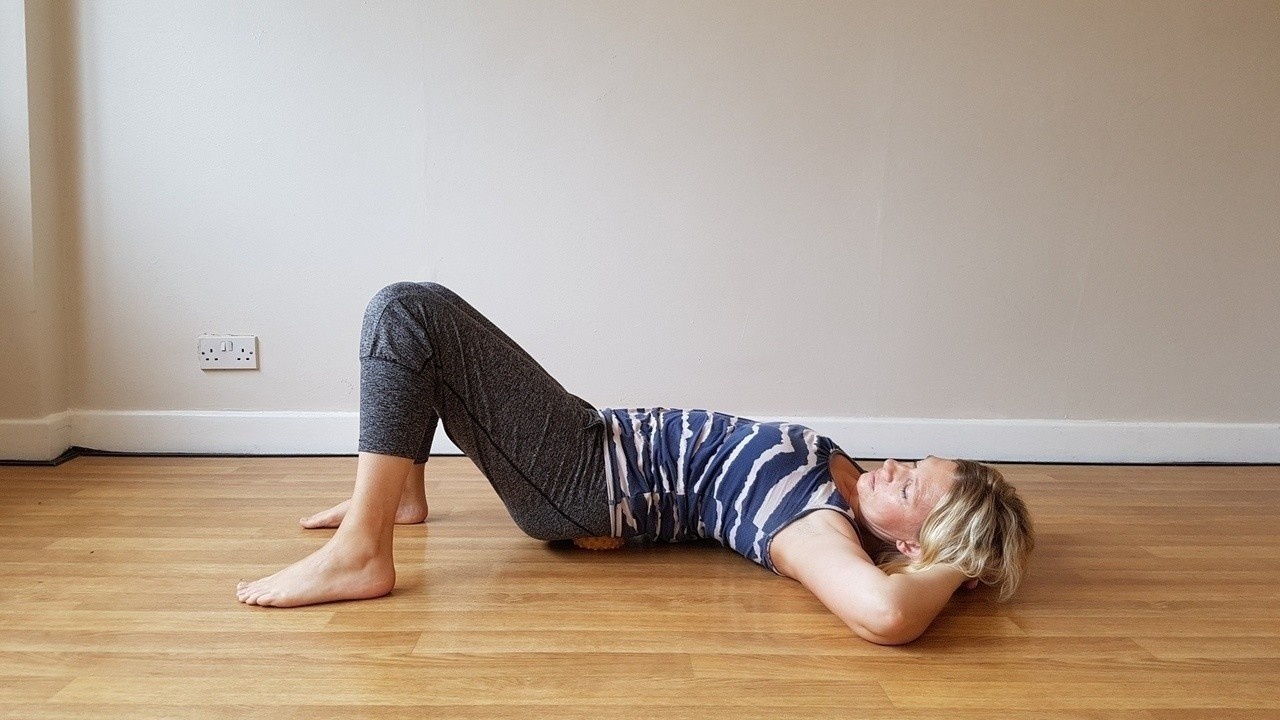
In the first of two blogs giving you a flavour of the content and practices in my book Yoga and Somatics for Immune and Respiratory Health (Singing Dragon, October 2022) we explore the myriad ways in which a mindful, embodied movement practice can affect the whole of our immune maintenance and health.
Next time: Yoga and Somatics for Healthy Lungs
All illustrations are from the book, copyright Charlotte Watts 2022
Yoga campus course details here
To purchase Yoga and Somatics for Immune and Respiratory Health click here (use the code YSIRHPRE30 to receive a 30% discount).
Body-wide immunity
Our immune system is the basis of our defence and protection, but also healing and rebuilding. Understanding how it shapes our boundaries between the outside world and our internal landscape is key to supporting how we can support own most appropriate and effective response to threat and danger.
This is particularly true of those with pre-existing conditions; those with more obviously immune-based issues (such as respiratory, inflammatory or autoimmune conditions) may first spring to mind, but also supporting heart conditions, metabolic issues such as diabetes, are all bound up in how our immune system relates to other body systems.
The recent focus on COVID-19 gives us the opportunity to recognise the importance of engagement with our own body-mind states and processes. To know how stress, trauma, breath, movement and posture (to name just a few; nutrition too of course!) affect the capacity of our body systems, is crucial to truly feeling what we need to support our own health.
Engaging with our vitality through the movement we were designed to express is to be able to meet whatever comes our way with the best chance of elegance and coping. This is where yoga can elegantly come in – not merely as physical movement, but the inclusion of somatic practices (where we can explore more fluid, primal and often free-form expression) can help us move into mindful, embodied relationships with our inner landscapes. This kind presence is the route into the potential of safety, recovery and healing throughout all body systems.
Our immune system is intimately and non-separately bound up with our nervous, digestive, fascial, lymphatic, hormonal, integumentary (skin) and other body systems. Rather than pulling out separate parts of the immune response, from a holistic (or systemic) viewpoint, we look at our entire body (and mind) as an orchestration that can either be in ease or expressing alarm.
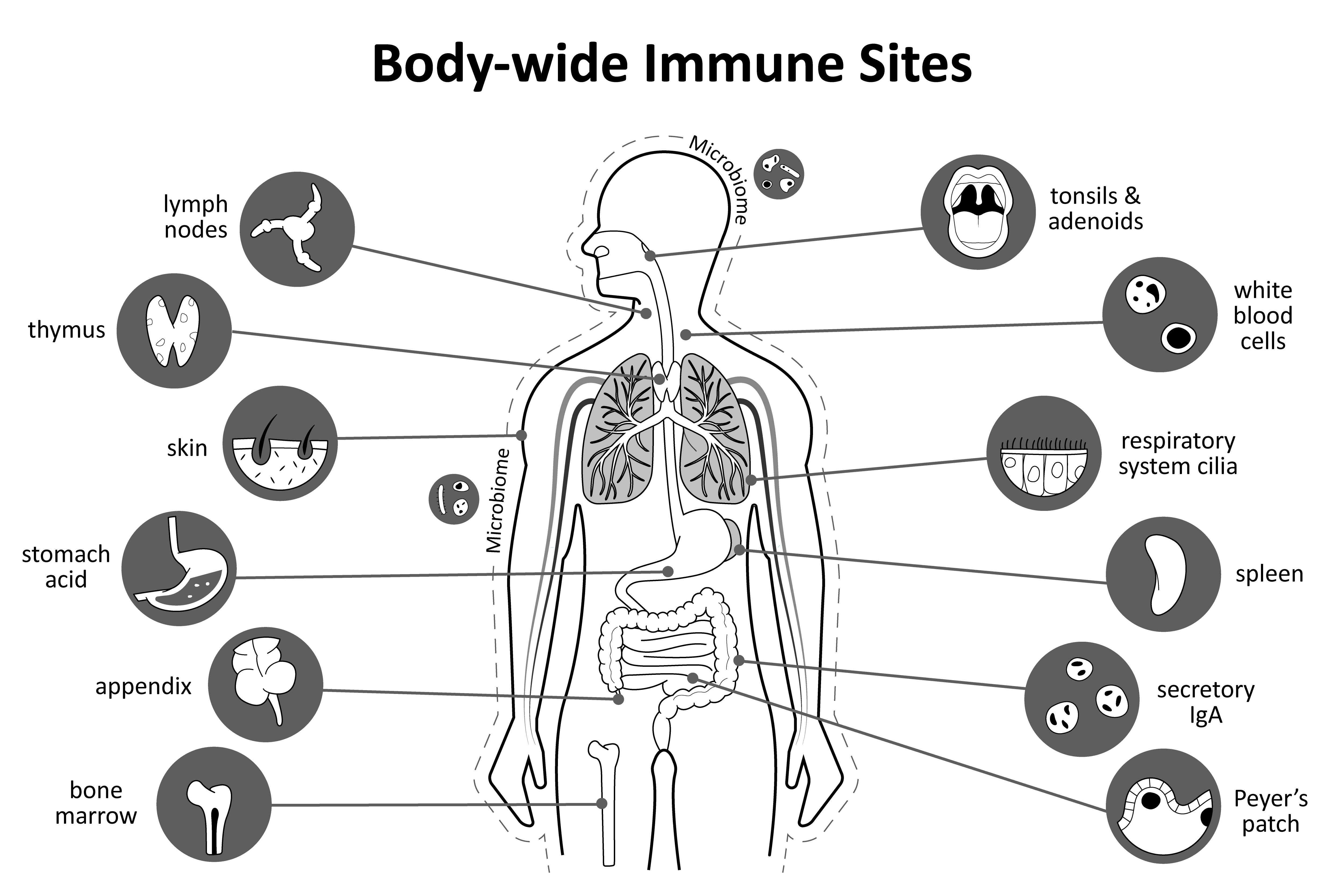
Stress and Inflammation reducing Immune Resources
One of the key aspects of movement and exercise that support immunity is in the reduction of stress hormones. Stress is protective response to a perceived danger; this can be truly present or responding to something which is not currently here. This is what occurs in trauma states, chronic stress or the environmental (societal) stress that we are living in at the moment.
Continual and chronic stress has shown to reduce levels of probiotic bacteria in the gut (the microbiome) and the immune regulating antibodies on the gut wall (sIgA), resulting in tendencies to an inflammatory cytokine response (Mackos, Maltz and Bailey 2017).
Cytokines are immune messengers that set off the inflammatory cascade and keep that alert going when we’re in sympathetic dominance. We’ve seen ‘cytokine storms’ within the COVID-19 pandemic in those who have the worst symptoms or even die, tend to be those who have the most inflammatory responses, where the body is not able to drop down into anti-inflammatory tone, but moves into ‘hyper inflammation’ (Gustine and Jones, 2021).
Embodied practices to soothe heightened responses
The mindful movement offered here can provide a space of embodied awareness – not to ignore or push away the gravity of our current situation, but to recognise that is this very moment, if you are in your home and able to put the time aside for such self-care, then in this minute, you are safe. Our nervous, endocrine, digestive and immune systems need this break from ‘constant alert’ to be effective, to find equilibrium and therefore appropriate function – not too little, not too much.
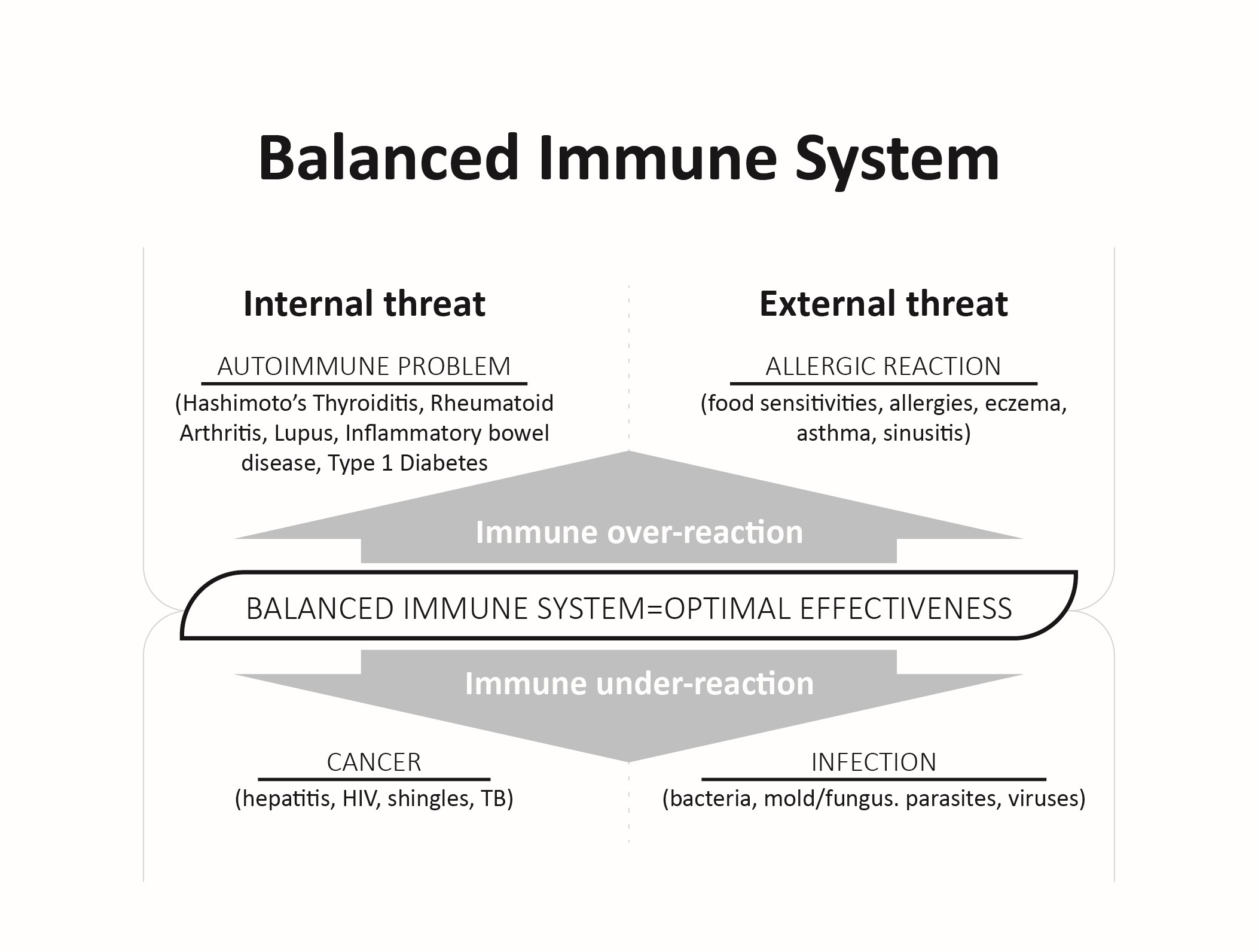
These systems need to have periods of rest where they can come down from heightened states to build back resources and not simply get stuck on overdrive. This highlights how we don’t need to be simply ‘boosting’ our immune system; for those with allergy, intolerance, inflammation or autoimmunity, immunity is often in habitual overreaction. The term ‘immune modulation’ is more helpful as it describes what we most need is an appropriate immune response; not too much, not too little, but the right amount at the right time with the relevant reaction.
Inflammation is a key point in case here, where low-grade levels take up a lot of our energy resources, interfere with our defences to invaders, and are at the root of many chronic diseases. Rather than simply see it as a ‘bad thing’ if we recognise its role in the body, we have the opportunity to bring down the stress response that is such a key part of its provocation. Inflammation is an important part of the adrenaline-fuelled fight or flight response– in the short term, this stress response causes an immune system boost to activate inflammation to stop us bleeding to death if wounded and bringing immune components to the site where bacteria and other invaders could enter the bloodstream. You would not want to be without it is you were injured in the wild, but it can overwhelm other systems when overreacting.
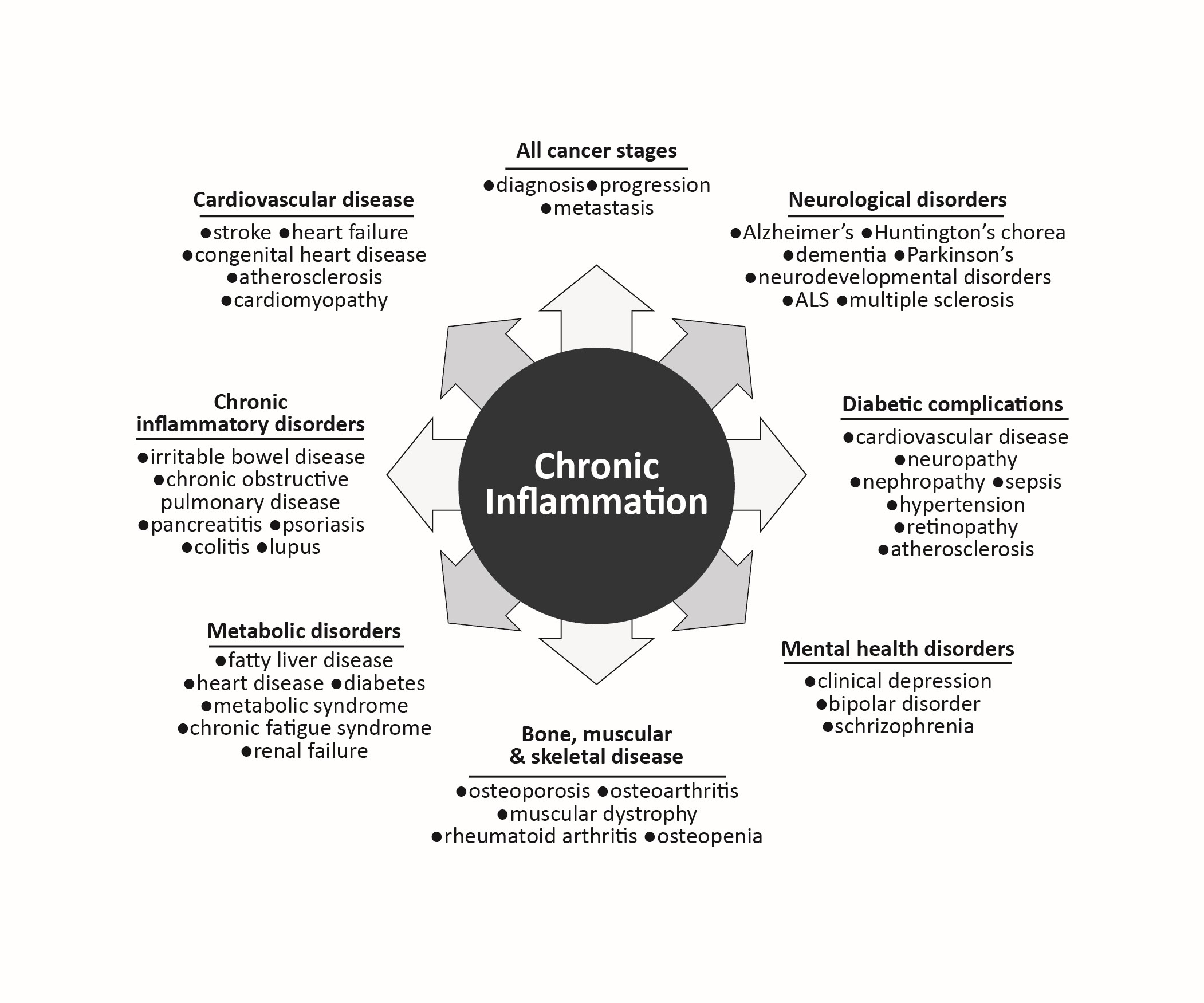 As well as inflammation, stress creates tight breathing, locked upwards into the chest and shoulders, rather the breathing of more relaxed states, into the diaphragm and belly. The movements here encourage bringing down heightened nervous and immune responses by encouraging regaining mobility into the lower and mid torso, to let the breath drop back down. These movements themselves, and their effects, help release tension locked into bodies and faces that can be felt as symptoms such as shoulder, neck and lower back pain in times of stress.
As well as inflammation, stress creates tight breathing, locked upwards into the chest and shoulders, rather the breathing of more relaxed states, into the diaphragm and belly. The movements here encourage bringing down heightened nervous and immune responses by encouraging regaining mobility into the lower and mid torso, to let the breath drop back down. These movements themselves, and their effects, help release tension locked into bodies and faces that can be felt as symptoms such as shoulder, neck and lower back pain in times of stress.
The lymphatic system
Our immune function relies heavily on the efficiency of our lymphatic system, a silvery web that runs just under the skin and each blood vessel in our bodies is accompanied by a lymphatic vessel.
We mostly become aware of it when our lymphatic nodes in our neck, throat, armpits and groin become swollen in immune system issues. Lymphatic fluid (lymph) delivers foreign and toxic agents to these sites where they are killed and destroyed. The lymphatic ducts drain into the upper chest, the outside of the collarbones and back to the blood pumping via the pulmonary circuit. Lymph carries large particles of bacteria and protein that can't be removed any other way, so overburdened lymph nodes can prevent us dealing with other diseases that enter our bodies as well.
Where blood is always being pumped out from the heart to the periphery of the body, lymph moves inward. Unlike the blood, with the heart as pump, lymph can't move unless we do. So sedentary habits mean stagnation of lymphatic fluid and compromised immunity. Keeping body tissues pliable is an important part of immune health. This also reduces inflammation that gets locked into fascial adhesions, when easeful motility through joints and organs is interrupted by sedentary behaviours, tension or trauma.
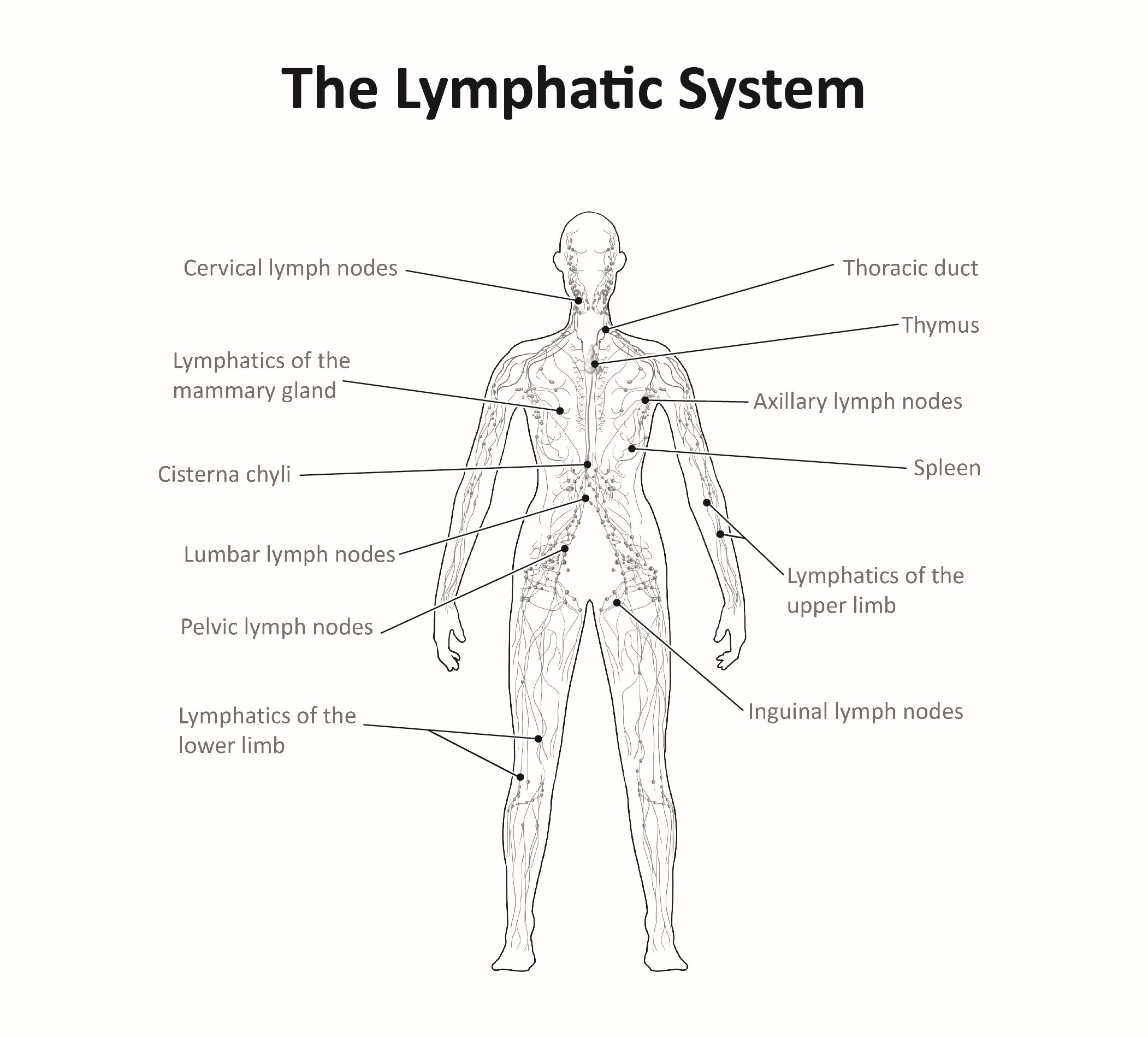
>Movement at the diaphragm, hips, shoulders and neck supports lymphatic movement and drainage and ultimately how the body breaks down and removes unwanted visitors. It also supports gut health where important lymphatic sites (Peyers patches) lie in the gut lining, between its cells. The interaction between these and any threatening agents is the basis of defence in the gastrointestinal tract, where also signal appropriate immune responses via our beneficial gut bacteria (probiotics). These levels are also depleted by stress.
Mindful Movement
How the inherent stress reduction of a mindful practice can reduce inflammatory responses, allow detoxification, healing mechanisms and support immune modulation and appropriate immune expression.
Many may view exercise that seems to do more and do it harder and faster as having more benefit, but this does not tally with how our homeostasis (balance within body systems) works for our self-regulation. Yes, we do need aerobic activity, but we also need movement that helps us tune in to our nervous system and when we might be creating stress that ultimately depletes body function. Also, we need movement of different paces, directions and movement patterns to release tension that can be held in from running, cycling and gym work.
For instance, t’ai chi may be seen as soft and gentle, but in reality, it fosters strength, balance, focus and attention on a spacious quality for the breath. A study that looked at nervous system responses (sympathetic and parasympathetic) in relation to markers for immune health (innate and adaptive), but also stress levels (as Heart Rate Variability), blood pressure, and body mass index (BMI), found great improvements over 10 weeks of practice - as well as improvements in physical fitness and strength (Evid Based Complement Alternat Med.2018;2018:6351938).
A review of 15 primary studies covering the Impact of Yoga on Inflammatory Biomarkers (Biol Res Nurs.2019;21(2):198-209) showed considerable variability in yoga types, components, frequency, session length, intervention duration, and intensity, but most reporting positive effects on lowering inflammation markers (most commonly interleukin-6, C-reactive protein and tumour necrosis factor), increasing with the amount of yoga practiced. The study concluded that “yoga can be a viable intervention to reduce inflammation across a multitude of chronic conditions”.
It is not simply the physicality of these practices that support immunity, but also their history as ‘moving meditation’. The inherent mindful focus on breath and body sensation has also shown to help reduce the anxiety and rumination that can keep us in the stressed states that so deplete or skew our immune responses; with one review stating, “(showing) improved regulation of the sympathetic nervous system and hypothalamic-pituitary-adrenal system in various populations.” (Psychoneuroendocrinology.2017;86:152-168)
Home Movement Sequence for Immunity
The sequence here brings elements of yoga and t’ai chi along to bring create a sequence with an emphasis on embodied and self-compassionate practice. Maintaining a focus on smooth, steady breath and full exhalations can help prevent you rushing through and rather restore kind relationship with self.
Starting at the ground, we can loosen tissues without the full effects of gravity. Then standing poses are needed to strengthen and restorative poses to ease blood to return to the heart and lymphatic movement through the fascia and viscera and out to the periphery, and back. Ending by positioning our hips above our head, aids the lymphatic flow that relies on our movement and gravity, allowing fluids that can easily pool into the legs back up the body.
All-fours – freeing up body tissues

From all-fours, move in any way that feels good through the shoulders, hips, neck and ribs. Also moving into the face, neck, jaw, and eyes and releasing any sighs, yawns, noise or other expressions of nervous system release.
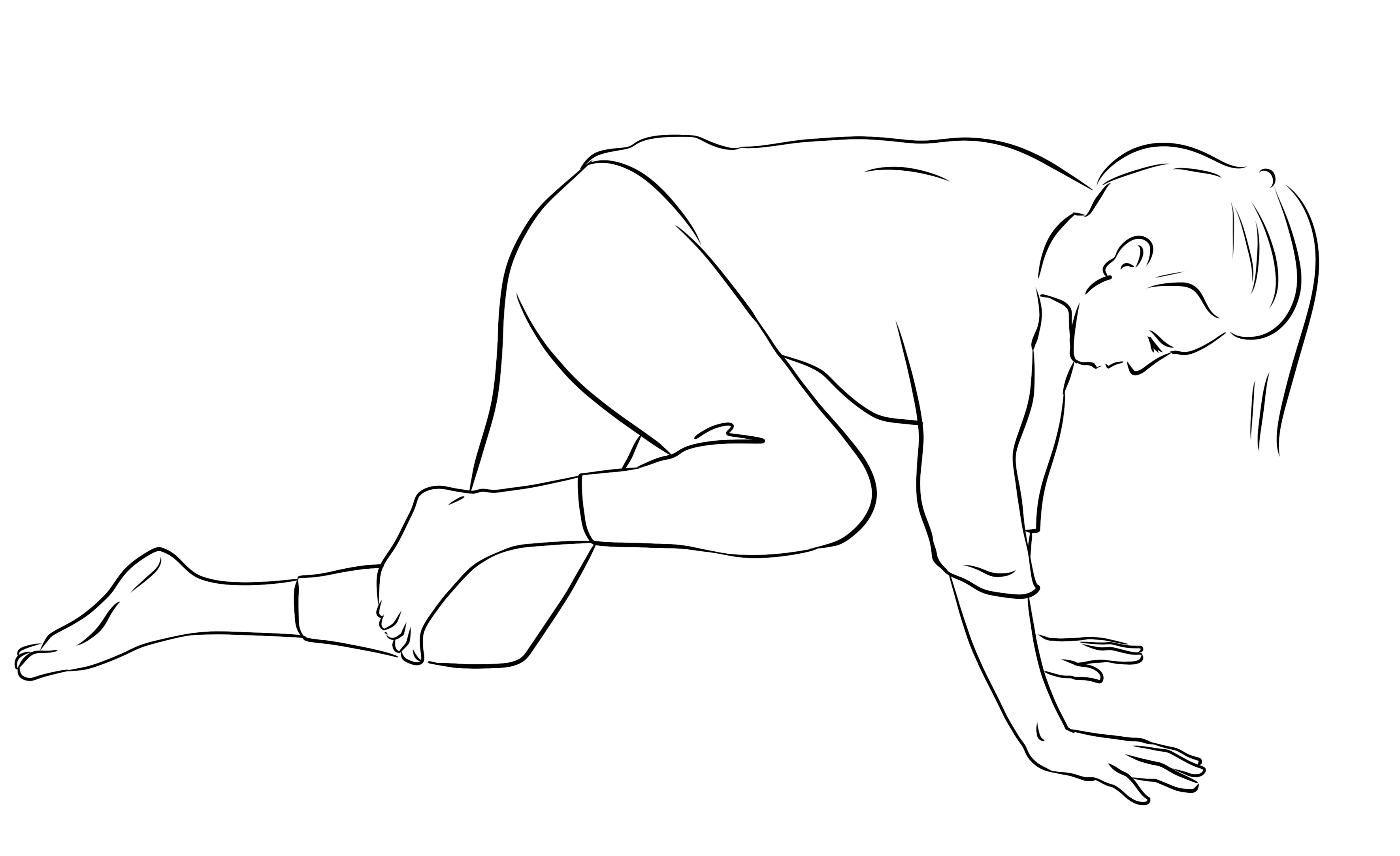
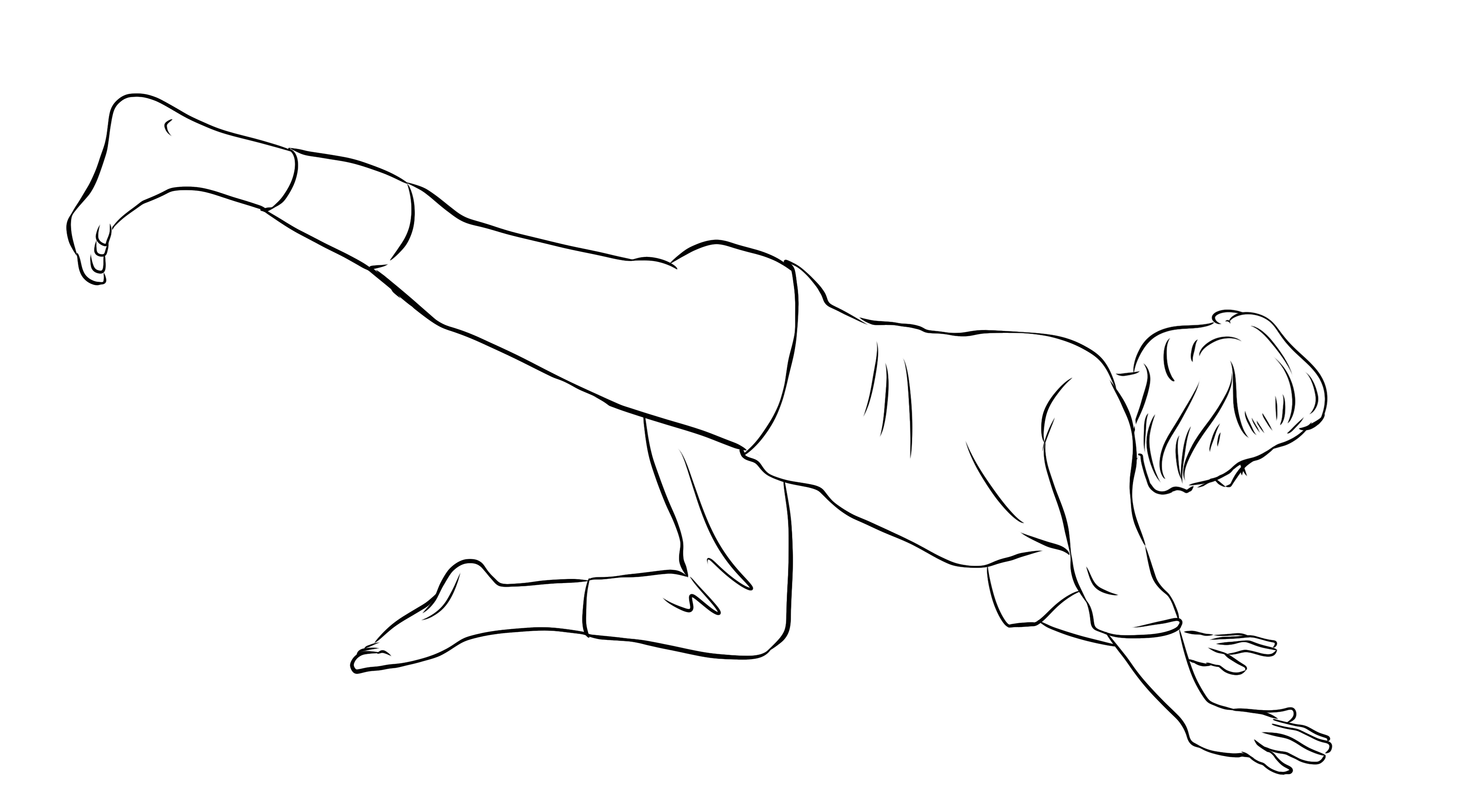
From all fours, then rotate the tailbone in each direction for a few minutes each, feeling how this loosens tissues in the pelvic floor, diaphragm, throat and back off the skull.
All-fours, lifting leg in turn for free exploration
Lifting each leg at a time to explore any free movement, letting the elbows bend as needed to be able to move through all planes available from the places you are rooted; there is no right or wrong here, just feel your body letting you know what it needs.
Downwards-facing dog to ‘puppy pose’
Lengthen out the spine by pushing back and up from open palms to downwards-facing dog. Keep the heels as high as you need to open the front body between the breastbone and the pubic bone. Drop your knees to beneath the hips, to rest your head and elbows to the ground. This position is also a softer alternative to downwards-facing dog.
Curling up and down to standing
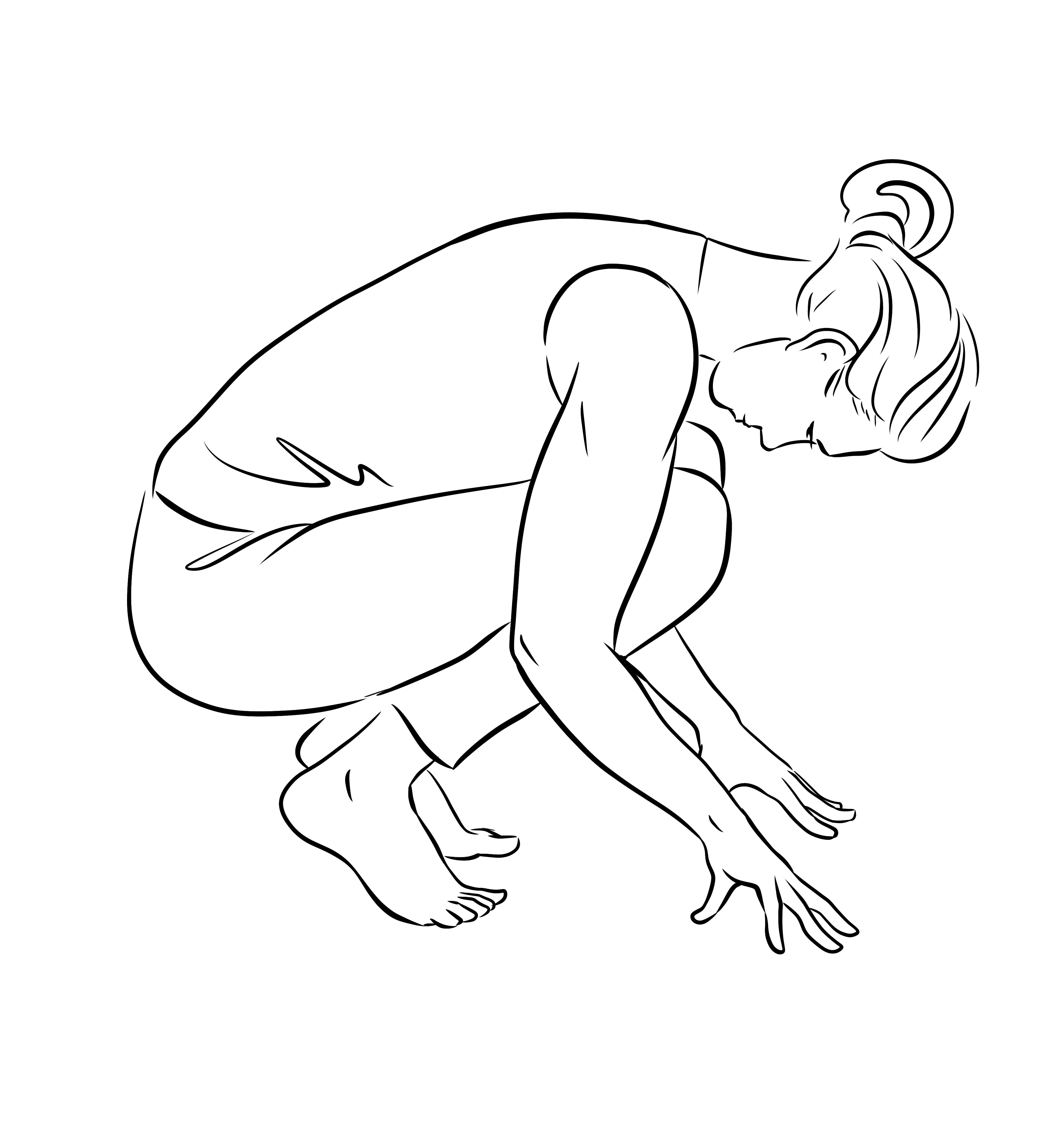
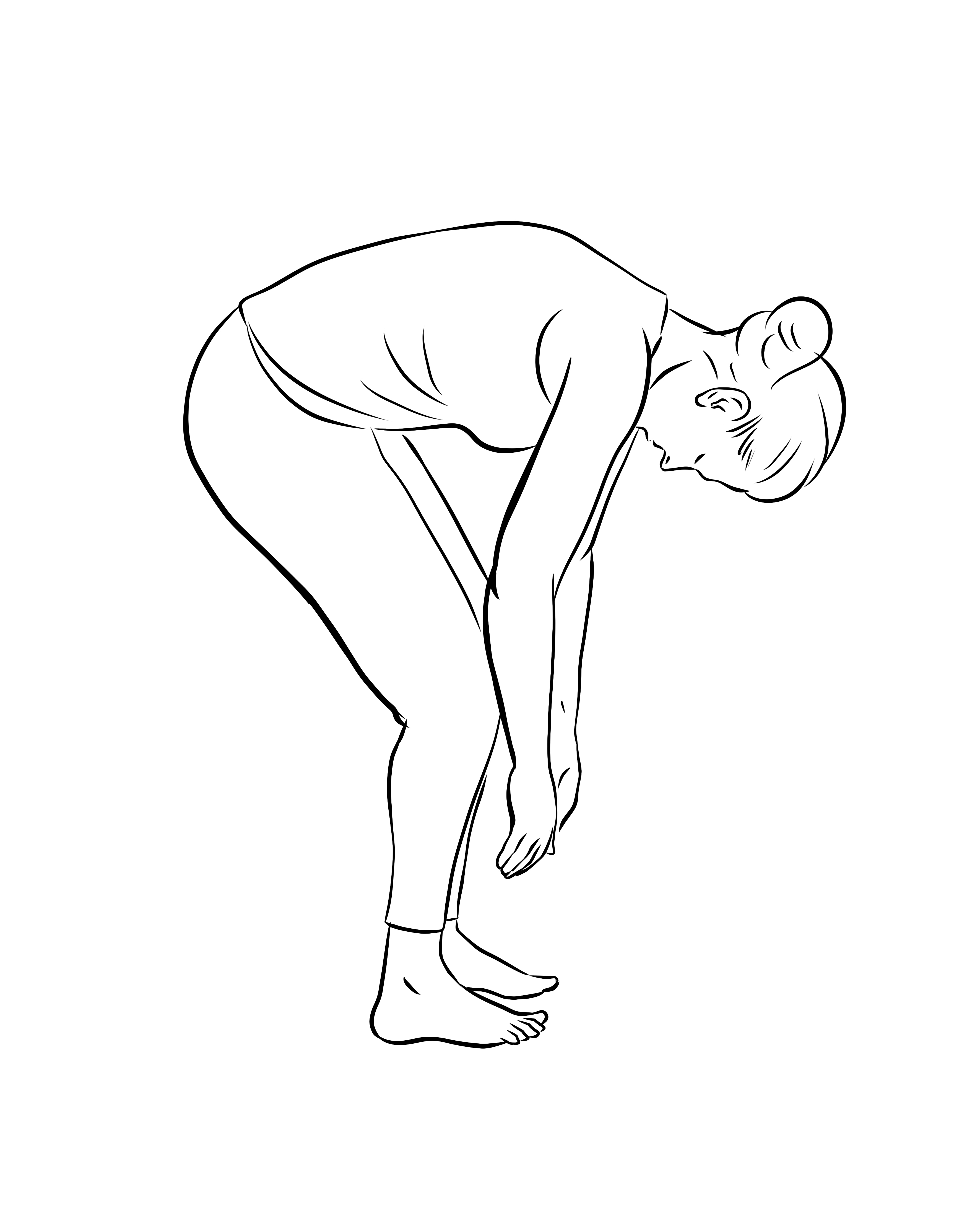

Walk your hands back into a squat with the heels up, curled into to a vertical foetal position. From there, bring the heels down and hands off the ground to curl upwards to standing. Come up and down several times before standing feet hip-width apart.
Swinging twist
Between all of the standing movements, loosen tissues around the central body and diaphragm. With soft knees swing the arms around the midline of the body, feeling the movement come from the belly; hands like weights at the ends of arms as ropes.
Standing spine undulations

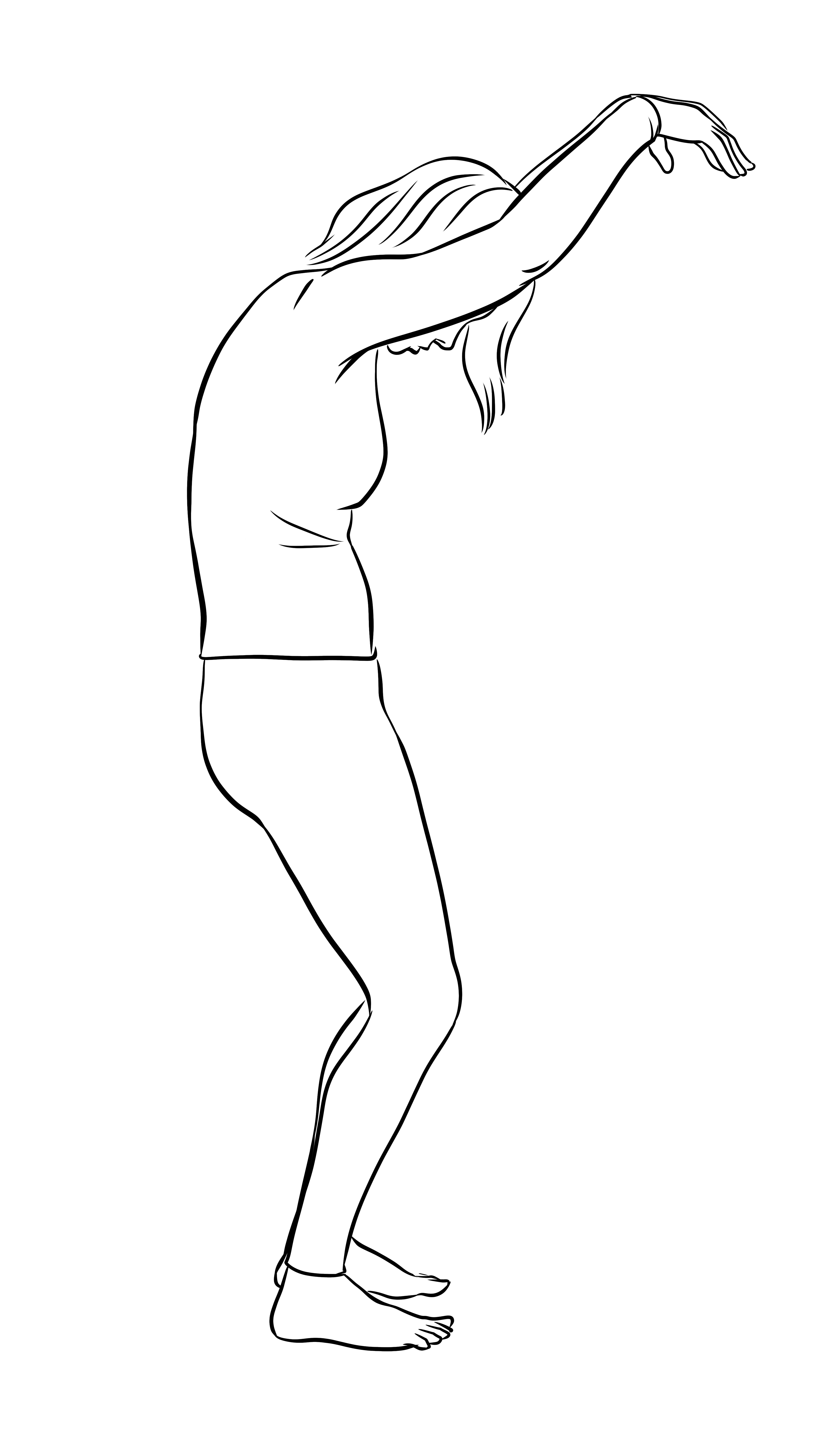

From standing with knees bent, exhale to curl-in to your front body, whilst reaching the arms forward, inhale to draw the arms back and open the front body. Keep your knees bent to allow movement and even squat down lower on the exhale if comfortable for your knees.
Wide horse stance undulation

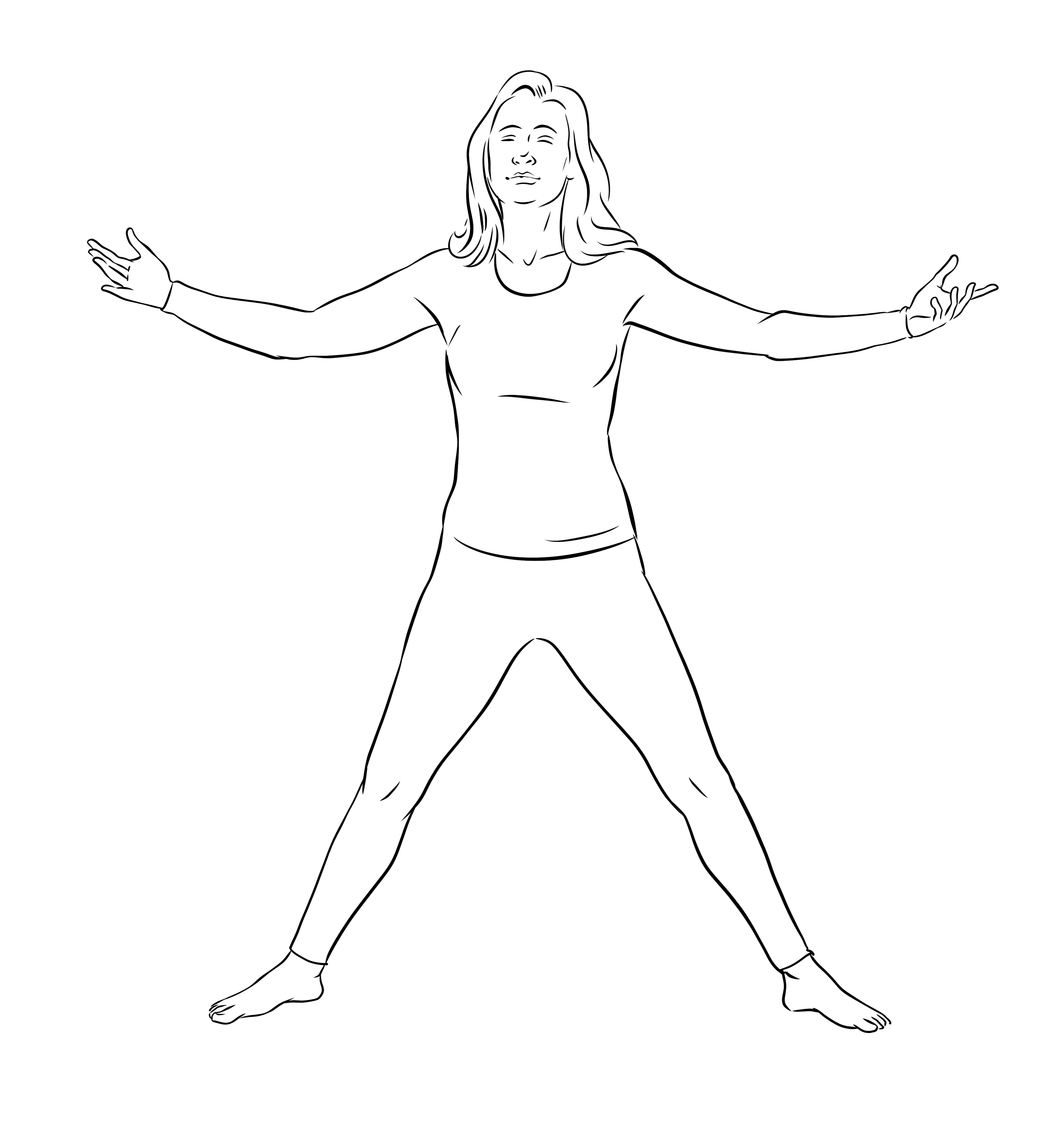
Step into a wide-legged stance, feet turned out about 45 degrees from the centre. Inhale to come up, as you open out your arms, exhale to lean your torso forward, taking your arms in the shape of a large ball around the head. Engage your belly as you lengthen your tailbone away from the crown of your head. Move between the two, gathering up through the belly as you inhale back up.
Wide horse stance arm sweep
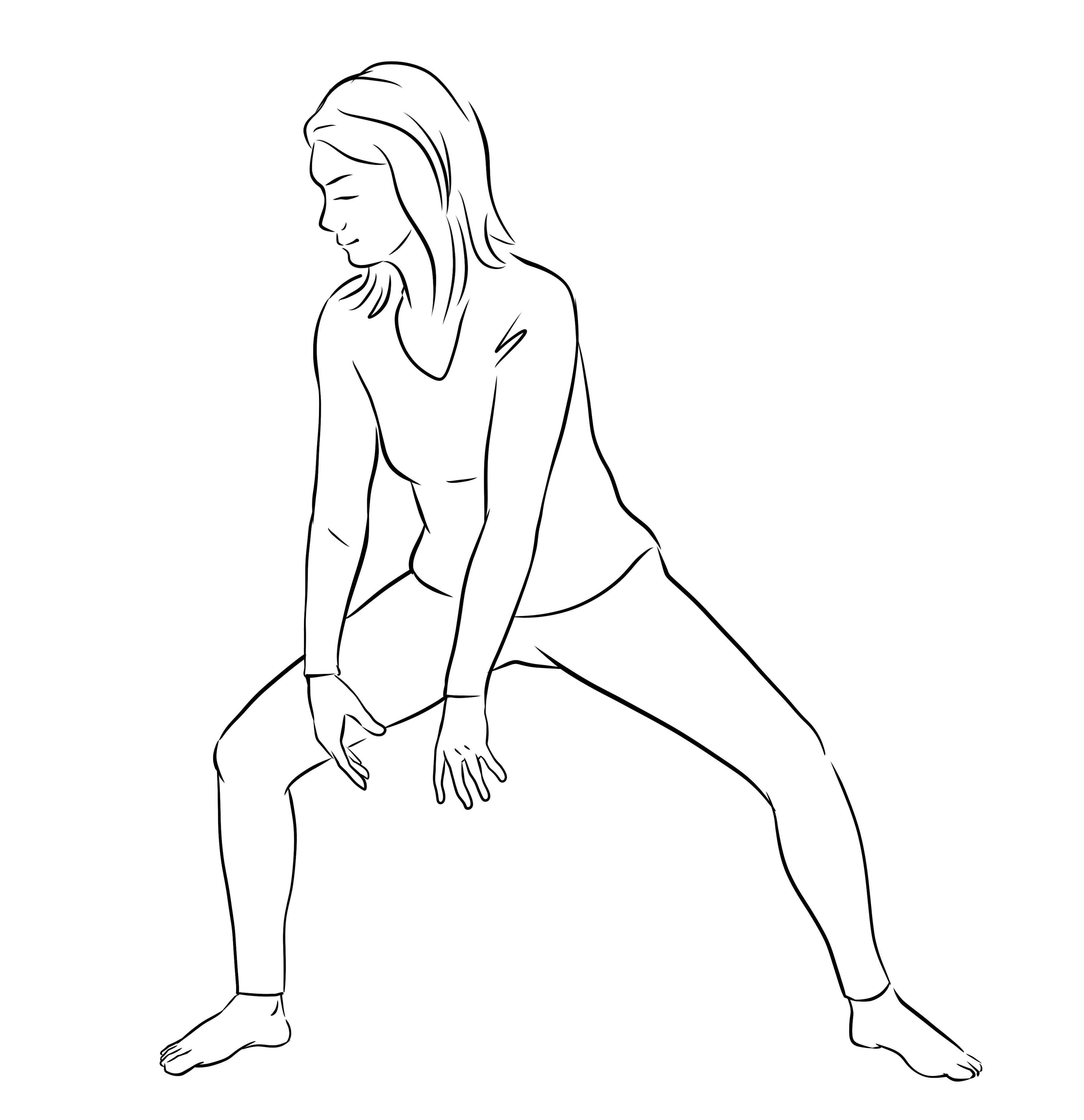
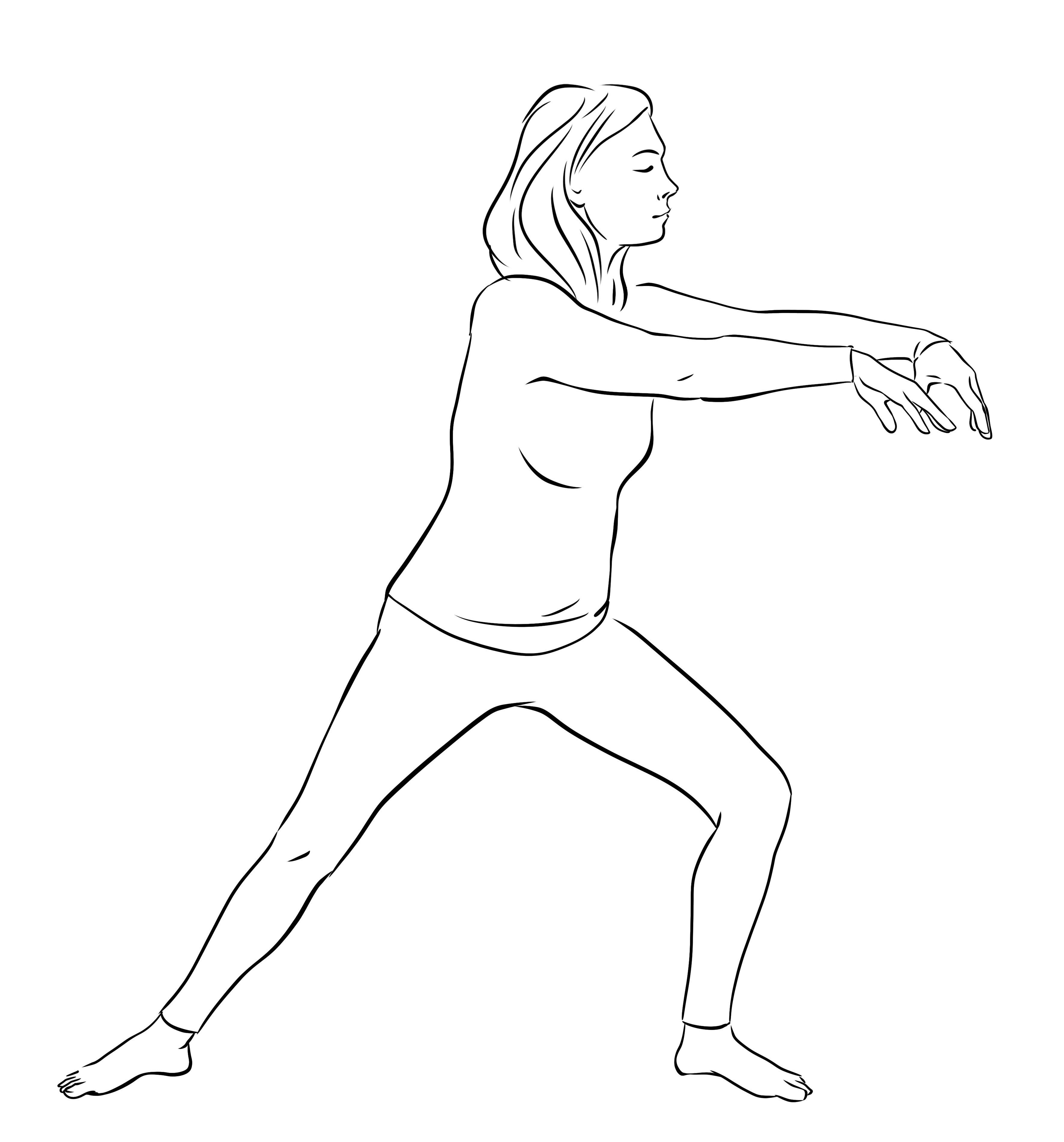
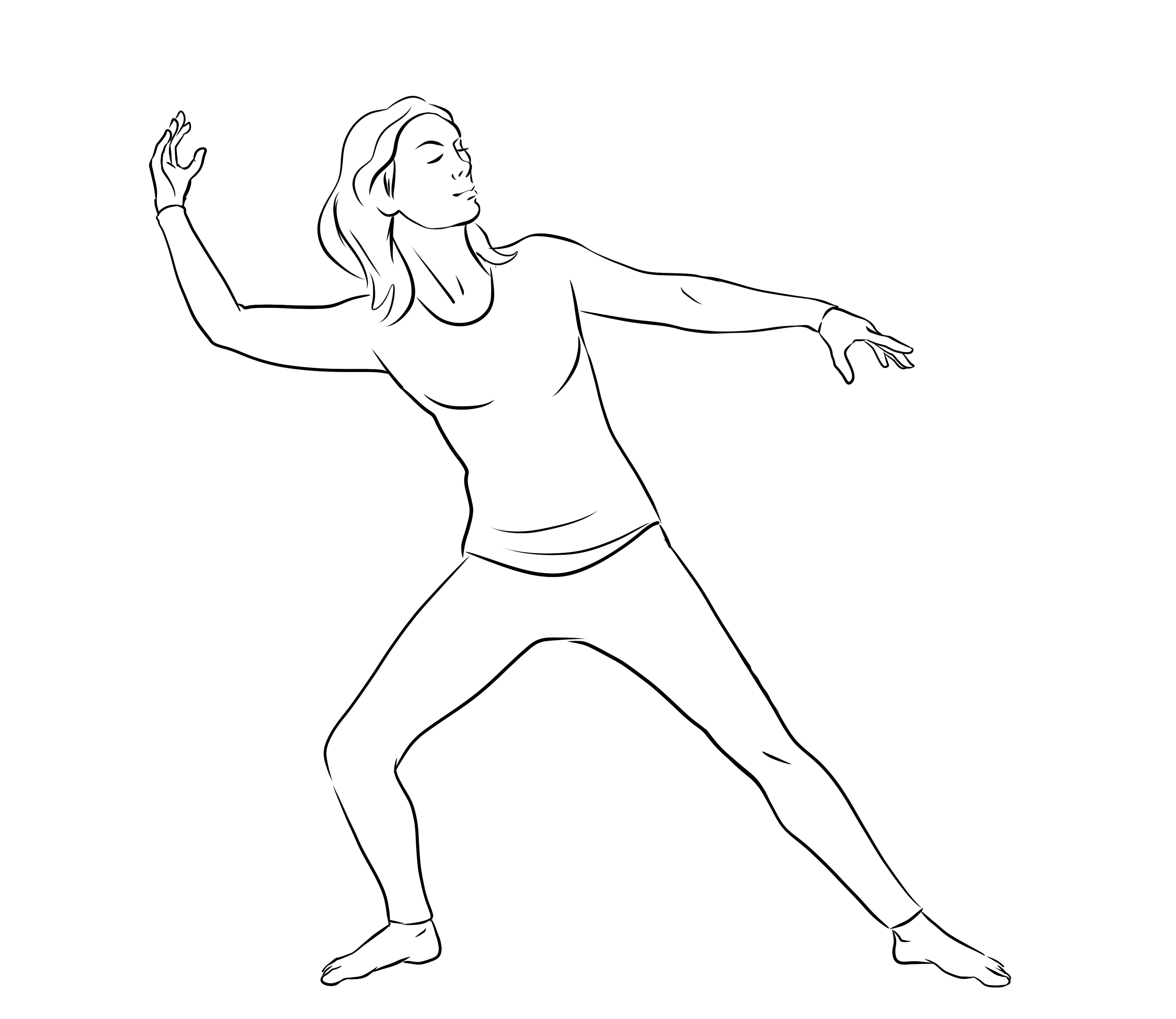
From the wide stance, begin by sweeping both hands in semi-circles side-to-side as far as shoulder height. Then open out the arm reaching across the body over and out away from the other, holding the space around the ear. Sweep it back and then both arms all the way to the other side and open up there, moving that side-to-side.
Wide stance twist
Place your fingers onto the ground or a chair and feet parallel, as wide as comfortable for your knees. Explore shifting weight side-to-side and deeply bending one leg, lifting that heel. Begin to lift the same arm as bent leg, reaching with a bent arm for ease through the shoulder as you move side-to-side.
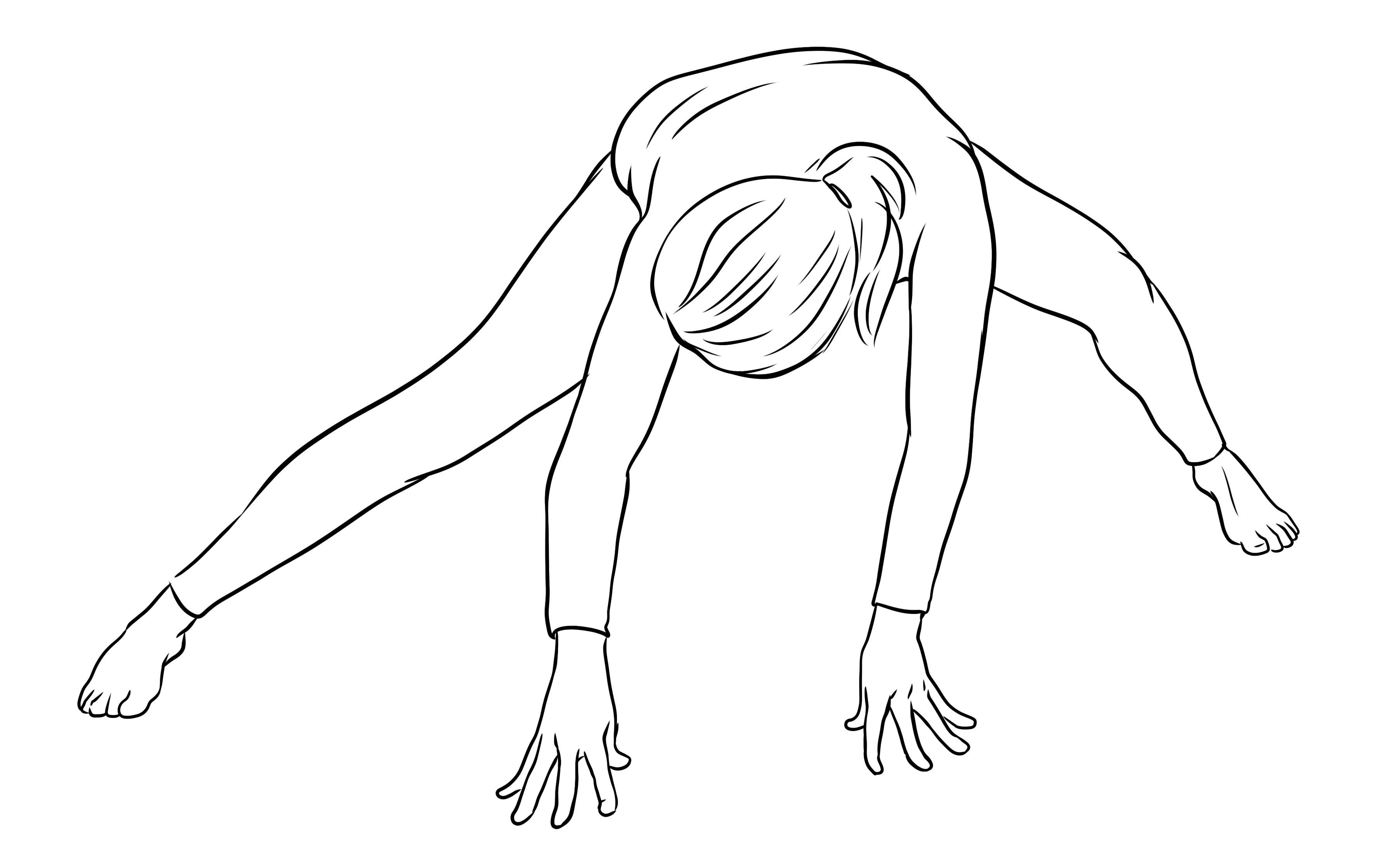
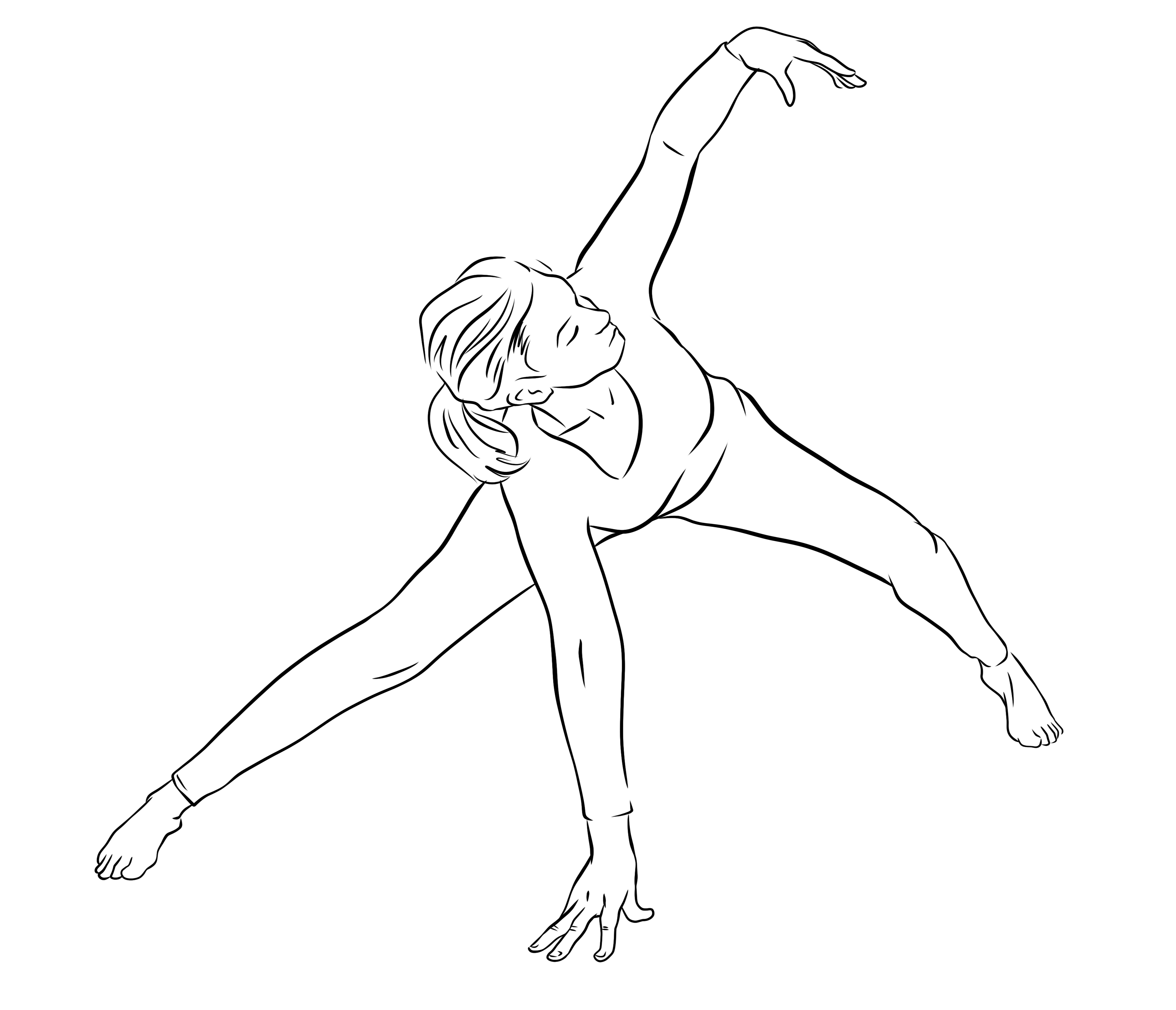
Supported full inversion
Support the lower back fully and comfortably with a bolster or stack of towels, with the lower legs able to fully drop onto a chair seat. Close your eyes to move inwards and feel your breath and heart rate naturally slow down.
Yoga campus course details here
To purchase Yoga and Somatics for Immune and Respiratory Health click here (use the code YSIRHPRE30 to receive a 30% discount).


